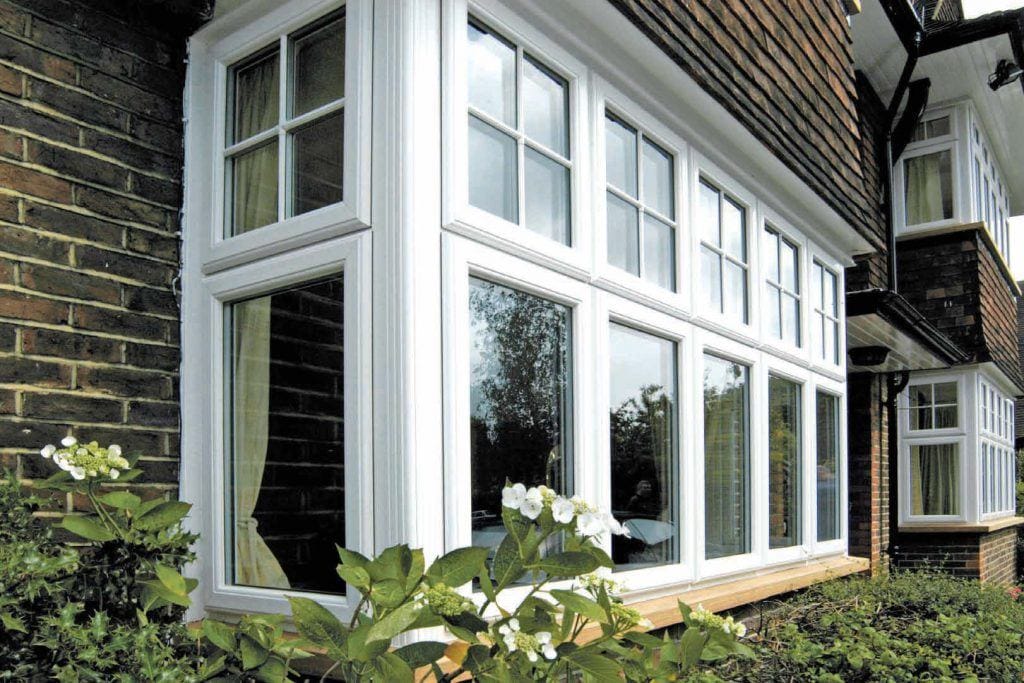Glass balustrades have increasingly become a popular architectural feature in both residential and commercial properties. Their sleek, modern appearance and ability to provide unobstructed views make them an attractive choice for many designers and homeowners. This observational research article aims to explore the various aspects of glass balustrades, including their design, functionality, safety considerations, and the impact they have on the overall aesthetic of a space.
Design Trends
The design of glass balustrades has evolved significantly over the years. Initially, they were primarily used in high-rise buildings to provide safety while maintaining a view. However, their application has expanded to various settings, including staircases, balconies, and pool areas. Contemporary designs often incorporate frameless glass panels, allowing for a seamless transition between indoor and outdoor spaces. The use of minimal hardware, such as stainless steel clamps or point supports, enhances the modern aesthetic while ensuring structural integrity.

In residential settings, the choice of glass type plays a crucial role in the overall design. Tempered glass is commonly used due to its strength and safety features, while laminated glass offers additional security by holding together even when shattered. The use of tinted or frosted glass can also add a unique design element, allowing homeowners to customize their balustrades to suit their personal style and the surrounding environment.
Functionality
Beyond aesthetics, glass balustrades serve a critical functional purpose. They provide safety and protection, particularly in areas such as staircases and balconies, where the risk of falls is heightened. The transparent nature of glass allows for visibility, making spaces feel more open and airy. This is particularly beneficial in smaller areas, where traditional solid balustrades may feel confining.
In commercial properties, glass balustrades are often utilized in high-traffic areas, such as shopping malls and office buildings. Their ability to withstand heavy use while maintaining a polished appearance makes them a practical choice. Additionally, glass balustrades can be easily integrated with other materials, such as wood or metal, to create a cohesive design that complements the overall architecture of a building.
Safety Considerations
Safety is a paramount concern when it comes to the installation of glass balustrades. Regulations and building codes vary Windows By Ideal Glass region, but most require that glass balustrades meet specific safety standards. For instance, the height of the balustrade must be sufficient to prevent falls, and the glass must be of a certain thickness to withstand impact.
During the observational research, it was noted that many homeowners and builders prioritize safety features when selecting glass balustrades. The use of tempered and laminated glass is a common practice, as these materials provide additional protection against shattering. Furthermore, the installation process is critical; improper installation can lead to structural failure, which poses a significant risk to safety.
Maintenance and Durability
Another important aspect of glass balustrades is their maintenance and durability. While glass is often perceived as a high-maintenance material due to its propensity to show fingerprints and smudges, advancements in technology have led to the development of self-cleaning coatings that reduce the need for frequent cleaning. Additionally, the durability of tempered glass makes it resistant to scratching and weathering, ensuring that balustrades maintain their appearance over time.
During the observational study, it was observed that many property owners opted for routine maintenance schedules to keep their glass balustrades in optimal condition. Regular inspections for cracks or chips, as well as prompt repairs, are essential to ensure safety and longevity. The use of appropriate cleaning materials is also a consideration; harsh chemicals can damage the glass surface, so gentle, non-abrasive cleaners are recommended.
Environmental Impact
As sustainability becomes a more pressing concern in architecture and design, the environmental impact of materials used in construction is increasingly scrutinized. Glass balustrades can be considered a sustainable option, as glass is a recyclable material. Moreover, the energy efficiency of buildings can be enhanced through the strategic use of glass, allowing for natural light to penetrate while minimizing the need for artificial lighting.
During the observational research, it was noted that some manufacturers are focusing on eco-friendly practices, such as sourcing materials locally and utilizing energy-efficient production methods. This trend aligns with the growing demand for sustainable building practices, as consumers become more conscious of their environmental footprint.
Conclusion
In conclusion, glass balustrades represent a fusion of aesthetics and functionality in modern architecture. Their design versatility, safety features, and minimal maintenance requirements make them an appealing choice for a variety of applications. As trends continue to evolve, it is likely that glass balustrades will remain a popular feature in both residential and commercial spaces.
Future research could delve deeper into the long-term performance of different glass types and installation methods, as well as the impact of climate on the durability of glass balustrades. Ultimately, the ongoing popularity of glass balustrades highlights the importance of balancing design with safety and functionality in contemporary architecture.








